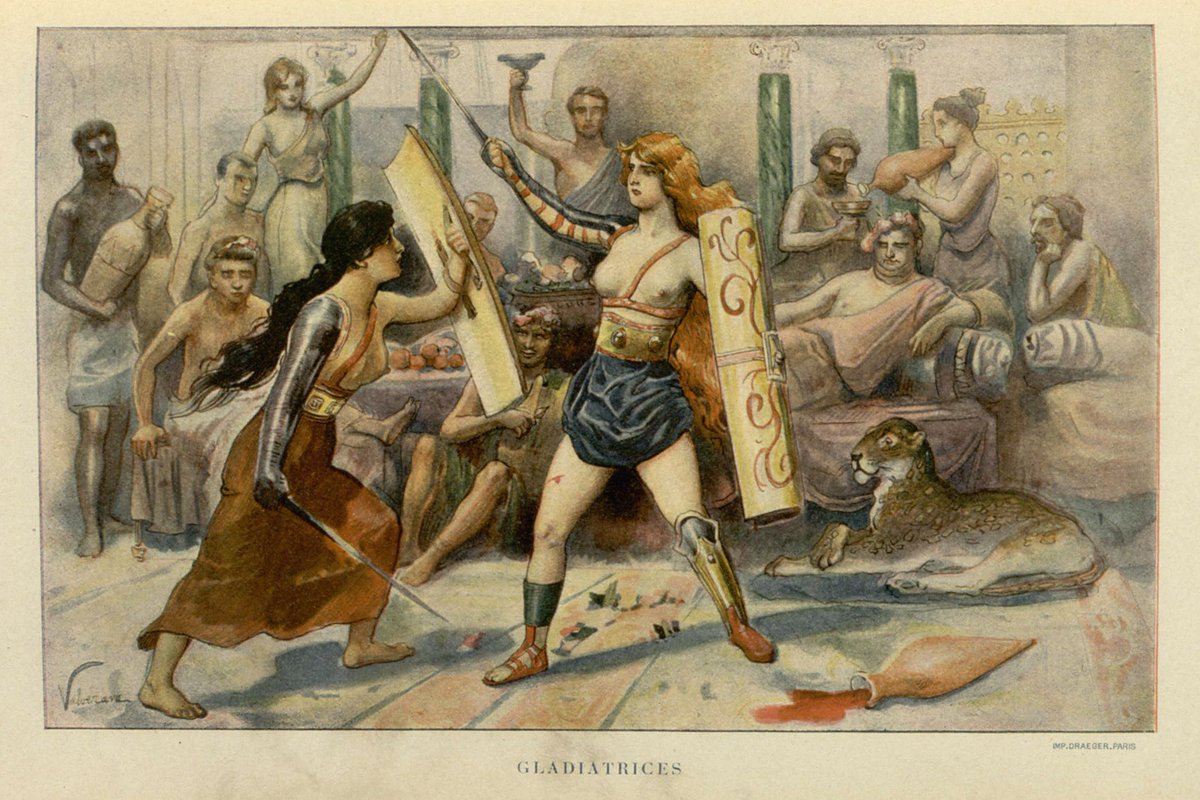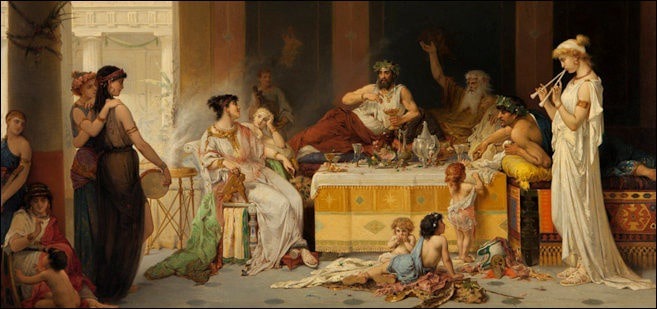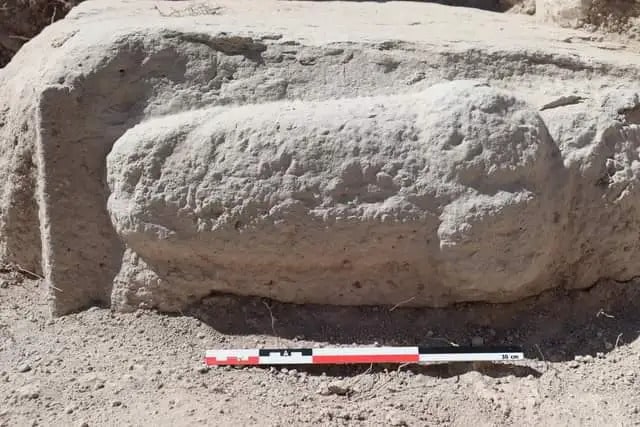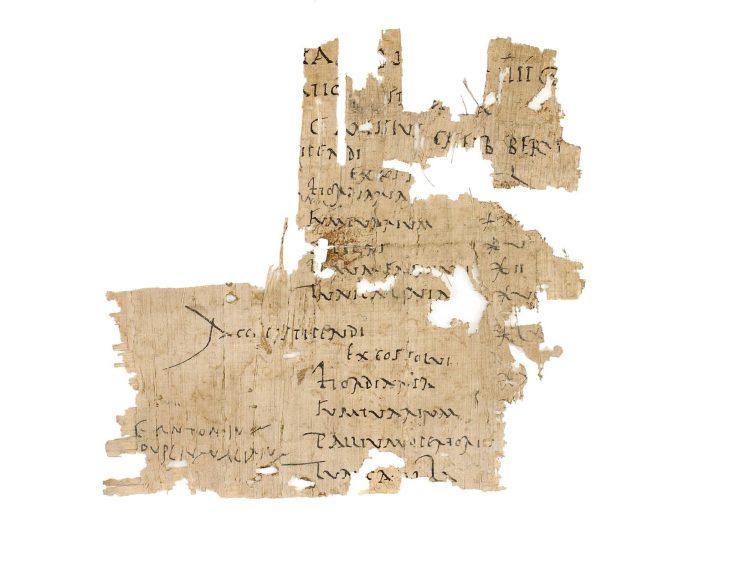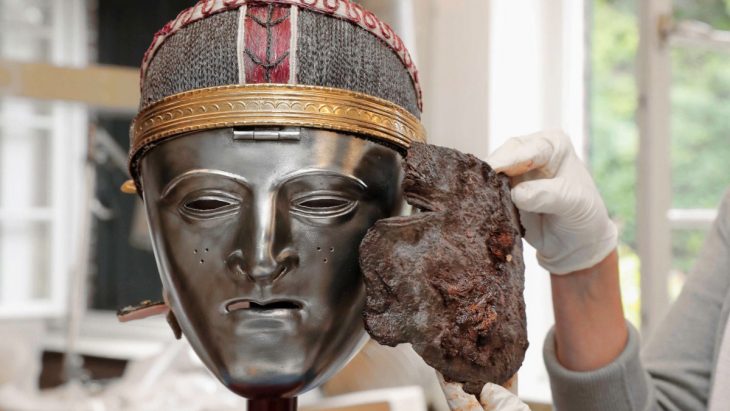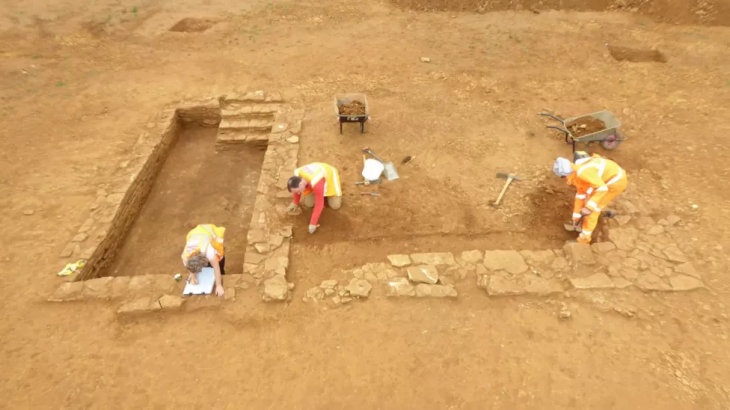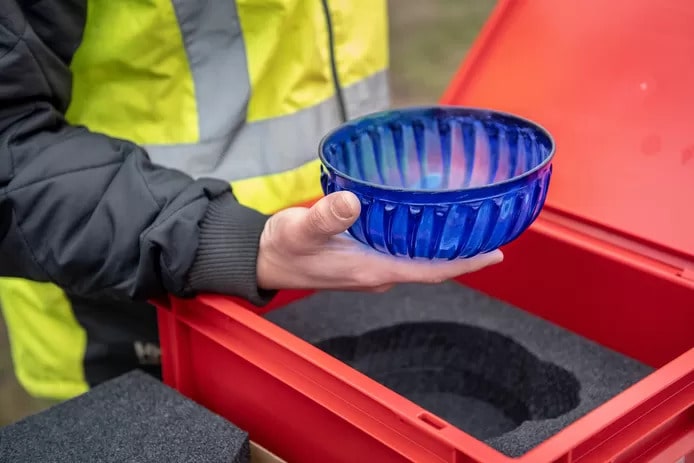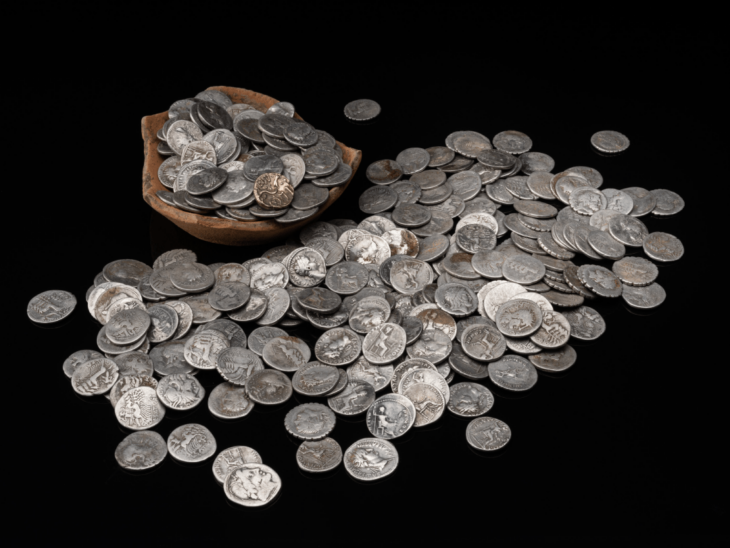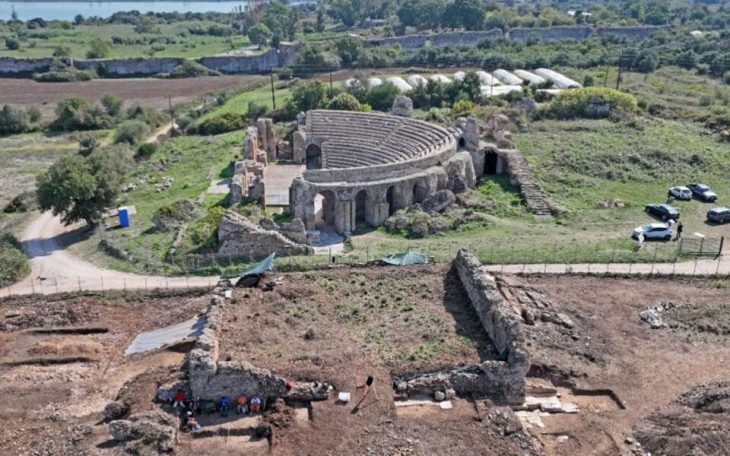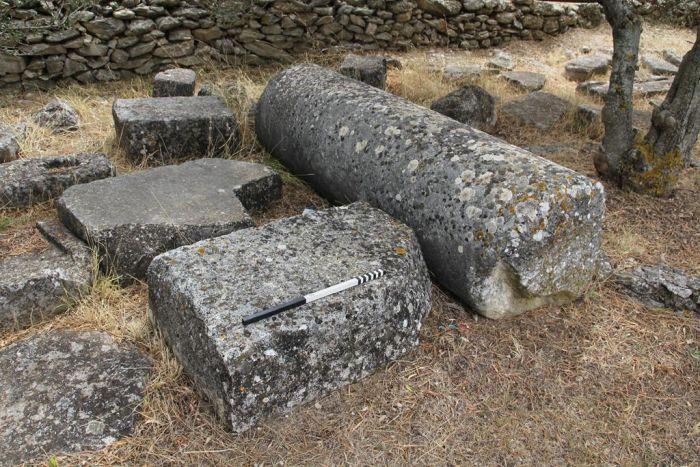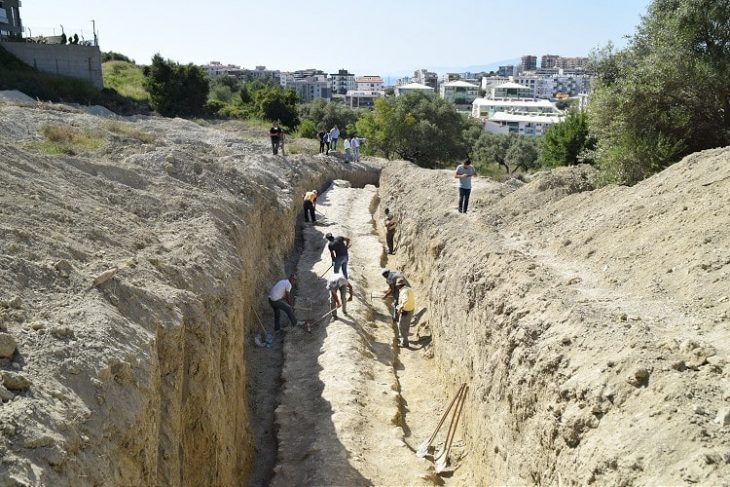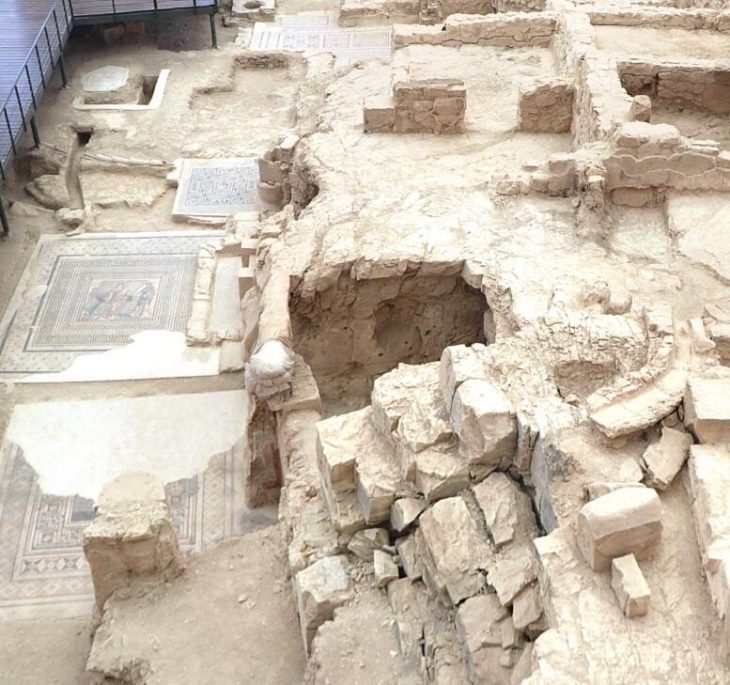Familiarity with gladiators is common. Few people know that female gladiator also fought in ancient Rome. Some were forced to fight, others did it for money or fame to become stars.
Among the gladiators and the fighters who fought in the arena of ancient Rome, male slaves were the majority. The image was implanted in popular culture through Hollywood blockbusters.
Why did women want to risk their lives by fighting in the arenas? Is it just the desire to earn fame or money? Fascination with the gladiators? Maybe all of them!
Women who choose to live in the arena (which seems to be a choice) may be motivated by the desire for independence, the opportunity to become famous, and financial rewards including debt relief. Although it seems that women gave up the requirement of respect immediately after entering the arena, there is evidence that the respect of female gladiators is as high as that of male gladiators.
Women in Rome – whether during the republic or later empire – had few liberties and were defined by their relationship with men. Probably the women who fought in the arena were bored with these descriptions. They wanted to have respect and pride.
In 11 AD, the Roman Senate passed a law prohibiting free-born women under the age of 20 from participating in arena games. It should be noted that the decree stipulates “underage women” who “can still participate,” not female slaves. Emperor Septemus Severus (193-211 AD) announced in 200 AD that any woman was banned from participating in the arena and claimed these Spectacles encourage people to generally disrespect women.
Despite the Severan decree, women continued to fight in the arena in the late 3rd century, as evidenced by the inscription in the port city of Ostia near Rome. The inscription states that Hostilianus, a magistrate of the city, was the first place to allow women to fight in the arena since the establishment of Ostia. The wording of the inscription indicates that Hostilianus allowed mulieres to fight, not femininity. Therefore, Hostilianus was able to bypass the Severus law through some legal loopholes, thereby still banning free-born ladies of the upper class, but of the lower classes. Female slaves can still participate in the competition.
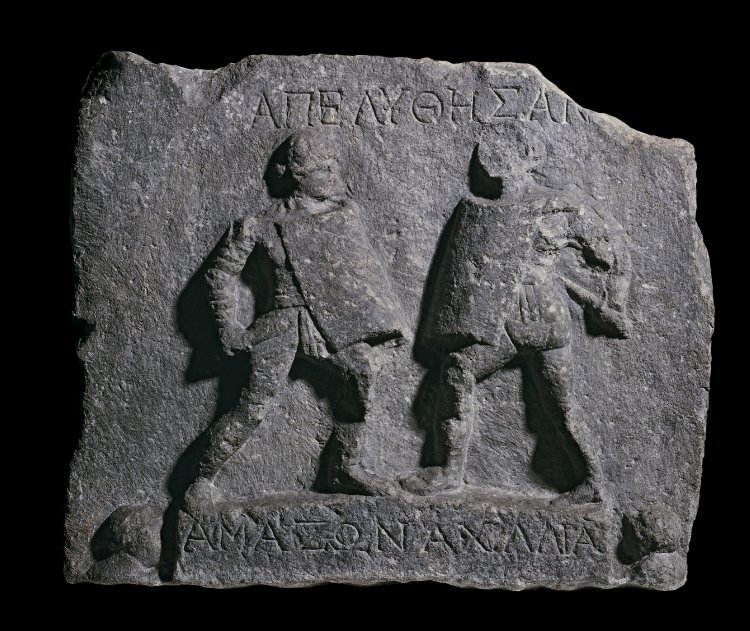
Women did not always fight in the Roman arenas of their own free will. For example, in AD 66, Nero had Ethiopian women go on a beast hunt to impress King Tiridates I of Armenia.
A relief from the 2nd century AD from Halicarnassus (now in western Turkey) depicts two female warriors named Acilia and Amazon. “According to the attached inscription, the two ladies survived the game”-
Women didn’t usually fight men. This was due to the gladiator’s ethos, which was based on fair combat and contempt for death. These women fought with animals, but also with each other. Among the few known accounts of women’s fights in the arenas, there is information about games from the reign of Domitian (AD 70-96), in which, in the light of torches, women fought with … dwarves.
Contrary to popular opinions and descriptions in the movie, the gladiators were not sent to the arena to die, and most games did not end in death. The convicted criminal was executed in the arena, but most of the people fighting there were strictly trained slaves who were very valuable to their masters.
Although female gladiators are only a marginal phenomenon, they have appeared in the arena from the British Isles to today’s Turkey, from the first century BC to the end of the games in the early 6th century.

